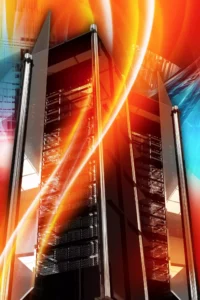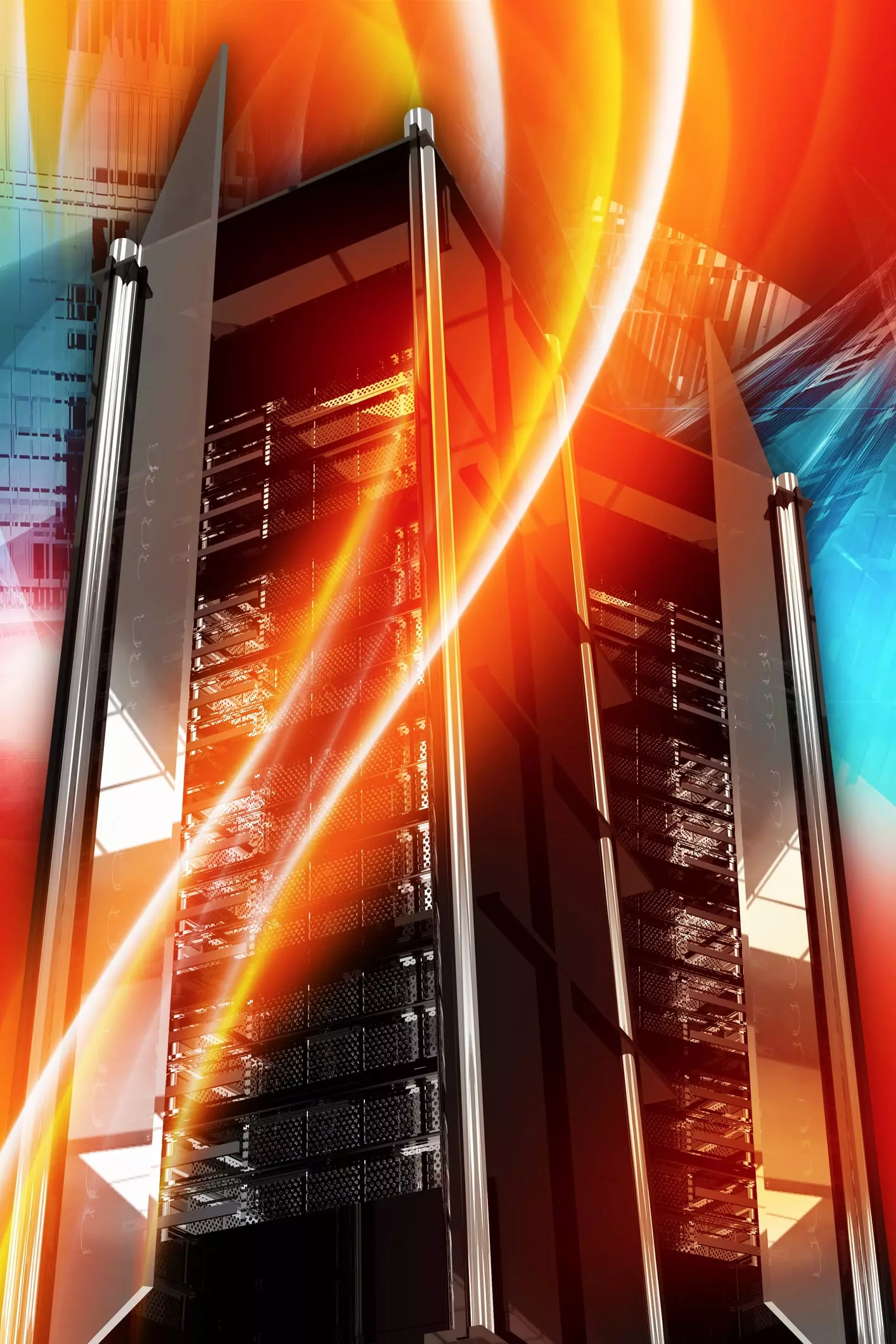Did you know that you can use Intel® Optane™ to lower VMware costs? When used correctly, a VMware professional can use the technology to do more than lower storage costs. With Optane™, they can also lower VMware software licensing, physical server, and operations costs.
The problem is that most storage solutions, including VMware’s vSAN, don’t use Intel® Optane™ correctly. Recently StorONE announced the All-Flash Array.next (AFAn), which properly leverages Optane™ to address these issues. Our efficient storage software is a prime example of using Optane™ to lower VMware costs.
How Does High-Performance Storage Lower Costs?

By Increasing VM Density
High-performance storage that is based on more efficient software, can impact multiple data center cost centers positively. Storage costs can come down because less media is required to deliver high performance. Server costs can go down because current servers can reach their full performance potential, eliminating the need for additional servers. Needing fewer storage systems and servers lowers networking costs because they consume fewer ports. The savings on application software licensing is the most dramatic because a higher performance storage system enables these environments to scale up instead of out.
We saw an example of the impact of high-performance storage when all-flash arrays first came to market. Before flash, IT architects had to configure hard disk-based systems with hundreds of hard disks and short stroke (partially format) those drives. In most cases, they still were not able to deliver the performance customers wanted. The problem was especially apparent in VMware because of its highly randomized IO profile, caused by a half dozen virtual machines accessing storage in different ways from within the same server.
Overcoming the VMware All-Flash Roadblock
All-Flash Arrays enables architects to save money by eliminating the prolific use of hard disk drives to improve performance. The problem is the data center wasn’t able to realize the full benefit of massive VM consolidation. Partly the problem is the low write performance of flash. Still, most of the problem is the inefficiency of the all-flash storage software, the massive overhead of deduplication, and the limited ability to protect data. Because all-flash software cannot achieve the full potential of the media, storage infrastructure costs did not come down. It, like server costs and application licensing costs, have continued to increase. In the all-flash era, you haven’t heard any vendor say that their customers aren’t buying enough servers or software licensing.

How Intel® Optane™ Can Lower VMware Costs
Using Optane™ to lower VMware costs, if combined with efficient storage software, enables IT architects to scale their environments to new heights. Instead of a dozen VMs, they should be able to support multiple dozens, even hundreds of VMs. Doing so will lower the number of servers the organization needs to buy and maintain and dramatically reduce the number of licenses it uses and, therefore, lower costs.
How to Support Hundreds of VMs per Server
There are a few issues to address when it comes to supporting a hundred VMs. First, the storage absolutely cannot fail. The performance of a storage system is inconsequential if it isn’t reliable, and fails! The system needs more than high availability; it needs multiple points of redundancy and the ability to replicate remotely in case of disaster. Also, the storage system needs to go to extremes to protect data integrity. The best way to achieve high data integrity is to write directly to media not use caching to hide poor performance. It also means protecting from media failure using capabilities more advanced than RAID. Hundreds of VMs per server also means using snapshots as a near-replacement for backup. The ability to snapshot the environment every three minutes, retain those snapshots indefinitely and do so without impacting performance is a must. StorONE’s Data Protection Suite exceeds all of these requirements.
A robust data protection scheme is critical to using Optane™ to lower VMware costs and is the foundation for massively scaling the architecture. The next essential requirement is for the storage system to extract the full potential of the technology it is using. Most legacy all-flash arrays can’t provide maximum performance from the flash media they use today, so when it comes to Optane™, the situation is even worse. The challenge for legacy all-flash arrays is Optane™ can deliver unprecedented read and write performance. It rivals DRAM without the volatility. Because of their inability to take advantage of Optane™ performance, most storage vendors and storage software solutions like vSAN use Optane™ as a cache.
The problem with using Optane™ as a cache is that the customer loses the primary benefit of the technology, which is high write performance. A cache usually means one piece of media, which means data on it is not protected. As a result, data has to either move off of that media quickly or “pass-through” it. Because of their inability to extract maximum performance from multiple Optane™ drives, the most common implementation of Optane™ in storage systems is as a read-cache. Back in 2014, I wrote and article “What’s The Difference Between Tiering And Caching?”, while most of the technology has changes the advantages of tiering are still true. With Optane™ and QLC they are even more relevant.
StorONE’s AFAn Using Optane™ to Drive Down VMware Costs
StorONE recently announced its All-Flash Array.next (AFAn). It is not only using Optane™ to lower VMware costs, it uses the technology to lower infrastructure costs throughout the data center. A flash array that uses Optane™ as storage tier and combines it with a tier of QLC can deliver both high performance and low cost. The AFAn is priced less than legacy AFAs but provides 200% or more throughput and extremely low latency (critical in VMware environments). It also has all the data protection capabilities required to make IT professionals feel comfortable scaling their VMware environment to these levels. Plus, the AFAn can further consolidate workloads like MS-SQL, Oracle, and any NAS or Object Storage functionality the organization might need within the same system.
Also, to learn more, you can join me and Intel’s Joseph Nielsen for a live webinar on Tuesday, June 30th. During the live event, they will discuss the power of Intel® Optane™ and how the AFAn leverages it to deliver the ultimate storage solution for your data center.




